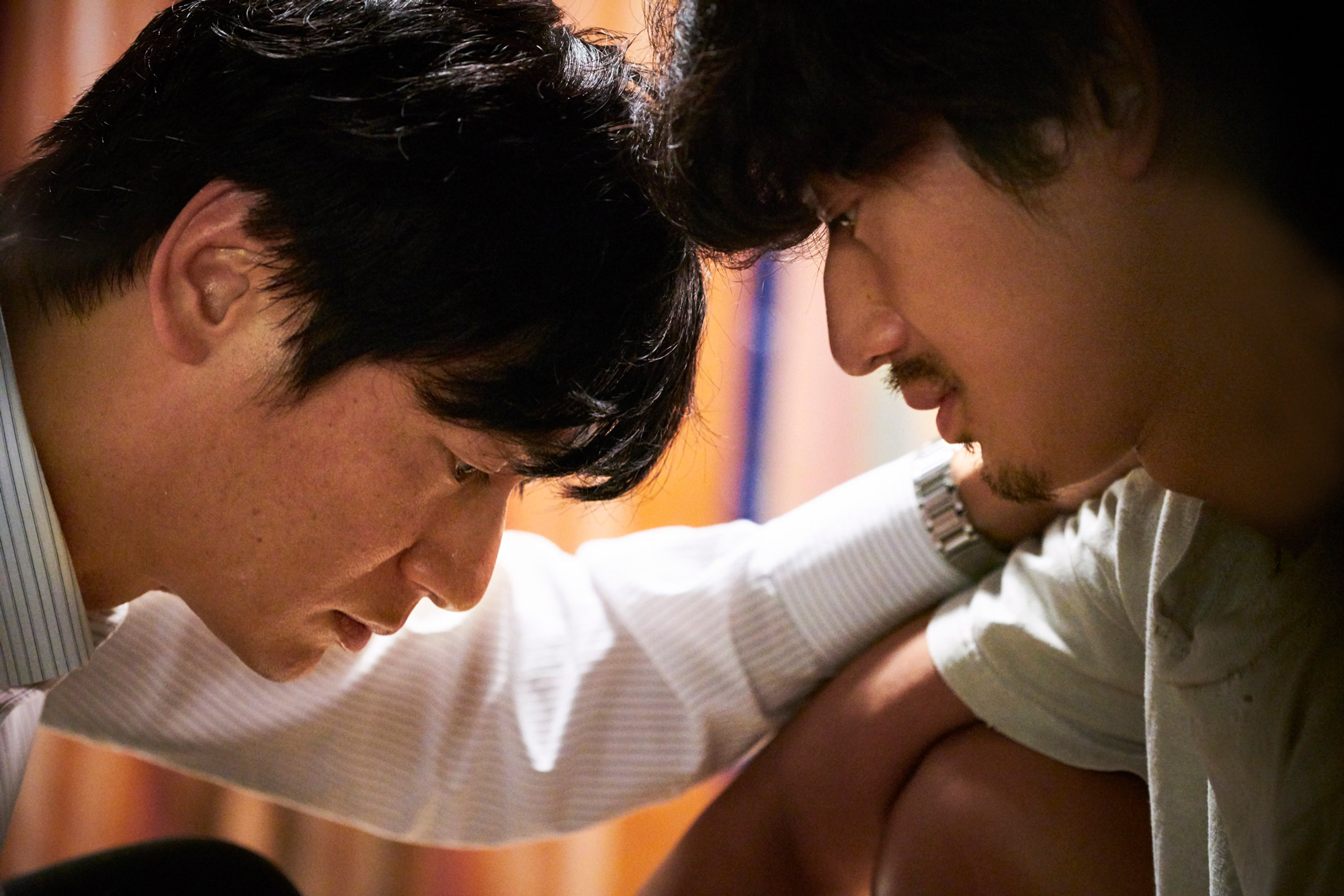Tatsushi Omori's films have been pushing boundaries since his 2005 debut "The Whispering of the Gods," with its story of a young murderer's return to a Christian community presided over by the priest who abused him as a child.
A similar fascination with the darker impulses of the human heart is found in his latest film, "And Then There Was Light." Based on a 2008 novel of the same title by Shion Miura, it examines the consequences of a rape and murder on three young lives both at the time of the event and a quarter century after.
Omori, who also wrote the script, interweaves past and present, Eros and Thanatos, love and hatred, with his usual excess, from the slashing, pounding score by Detroit techno pioneer Jeff Mills to sex and violence ranging from the outrageous to the ridiculous.



















With your current subscription plan you can comment on stories. However, before writing your first comment, please create a display name in the Profile section of your subscriber account page.